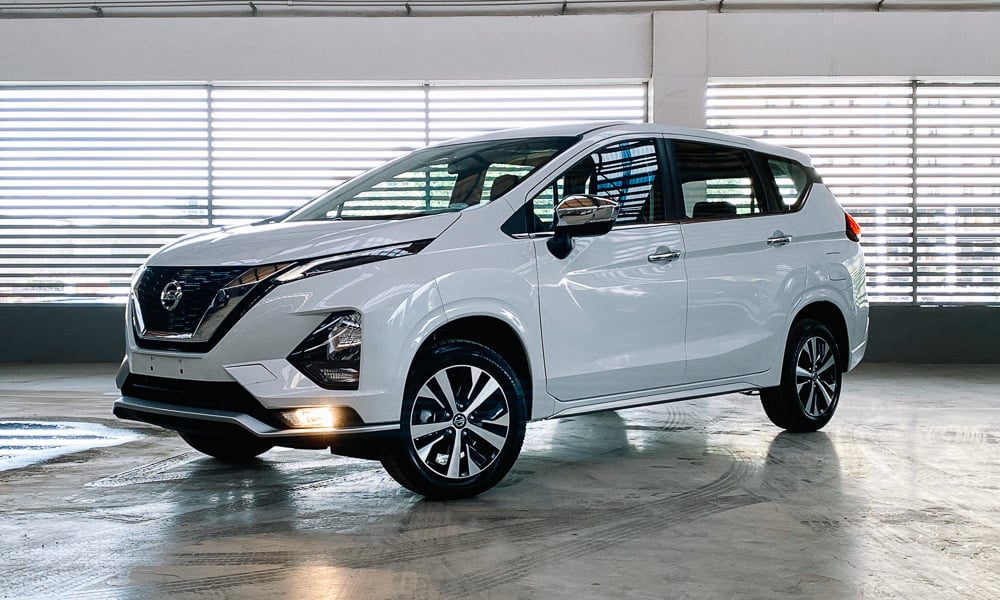
The Nissan Grand Livina came at a time when MPVs with three rows weren’t mainstream as they are today. It had uncomplicated station wagon-like styling, and was actually a good car. A few years into the market, the Grand Livina Highway Star edition was launched in 2012 in an effort to lengthen its lifespan. With the coming of aggressive crossover styling in the segment, however, the Grand Livina’s days were numbered.
As far as the Nissan-Mitsubishi alliance is concerned, the question was when would we see a shared platform for our market? Here it is. The second-generation Livina is based on the Mitsubishi Xpander. Both offerings roll off the Mitsubishi Motors plant in Indonesia. The Livina badge is sensibly carried over for continuity. This VL you see here costs P1.209 million.
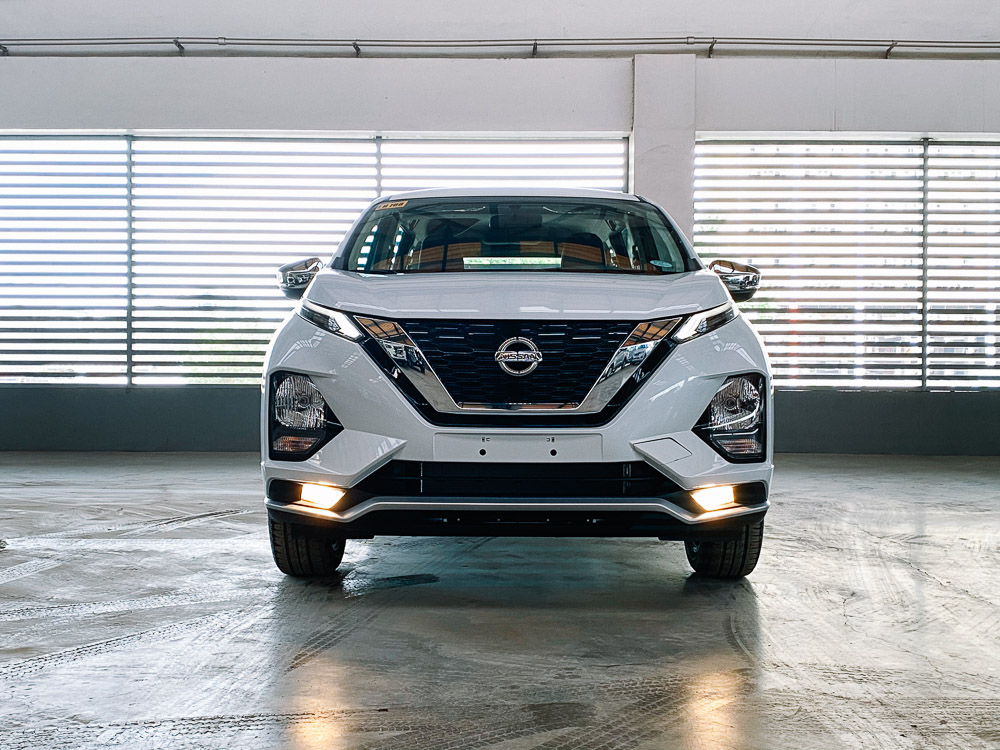
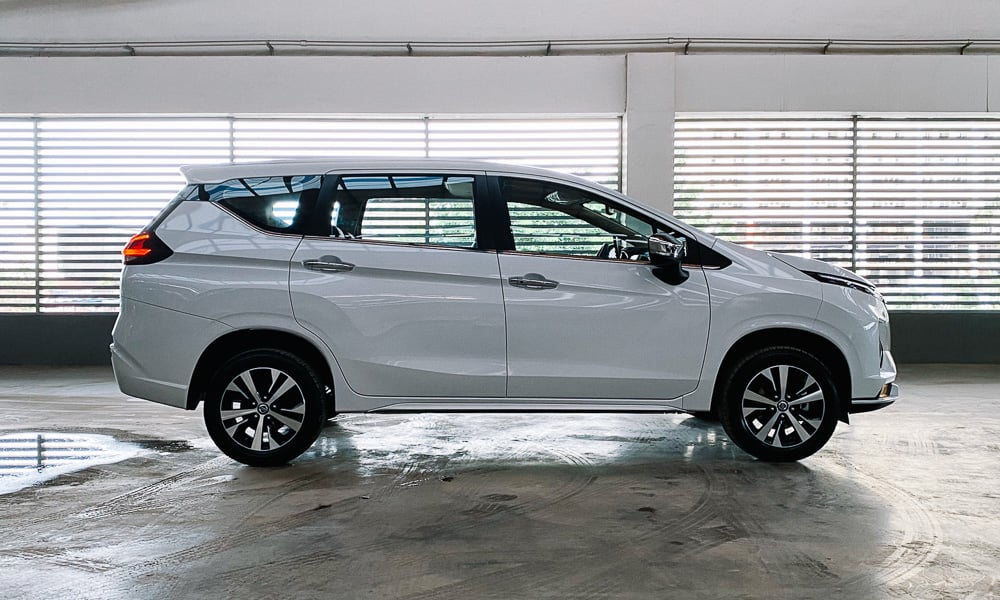
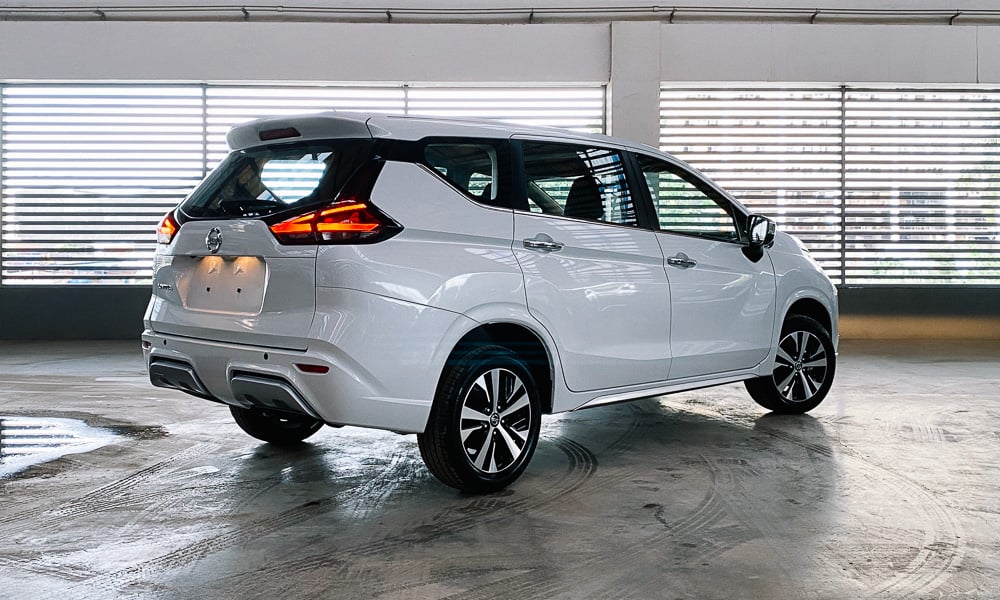
Profile-wise, both cars look the same. Conveniently, an Xpander parked beside me on the first day of my test-unit loan, and I just had to walk around both cars and compare. The side mirrors, for instance, are the same. Interestingly, the Livina’s character line is softer than the Xpander’s.
It’s at the front and rear sections where the necessary redesign is apparent. Nissan’s V-Motion grille is the most prominent, followed by the headlights and the turn signals, as well as squinty rectangular fog lights as opposed to the round ones on the Xpander—all encased in a new bumper. Makes you imagine an updated Juke, which would look something like this.
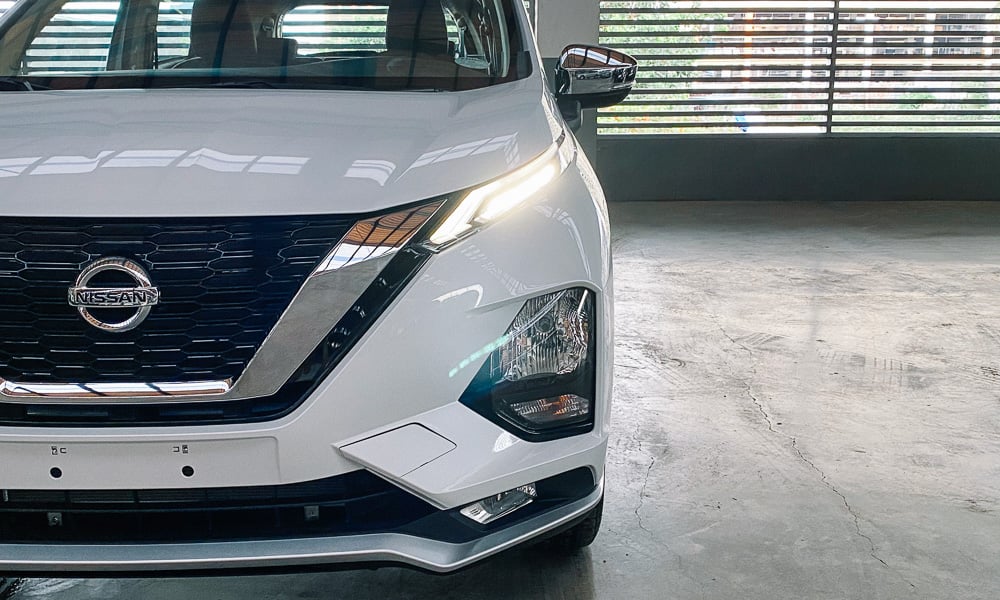
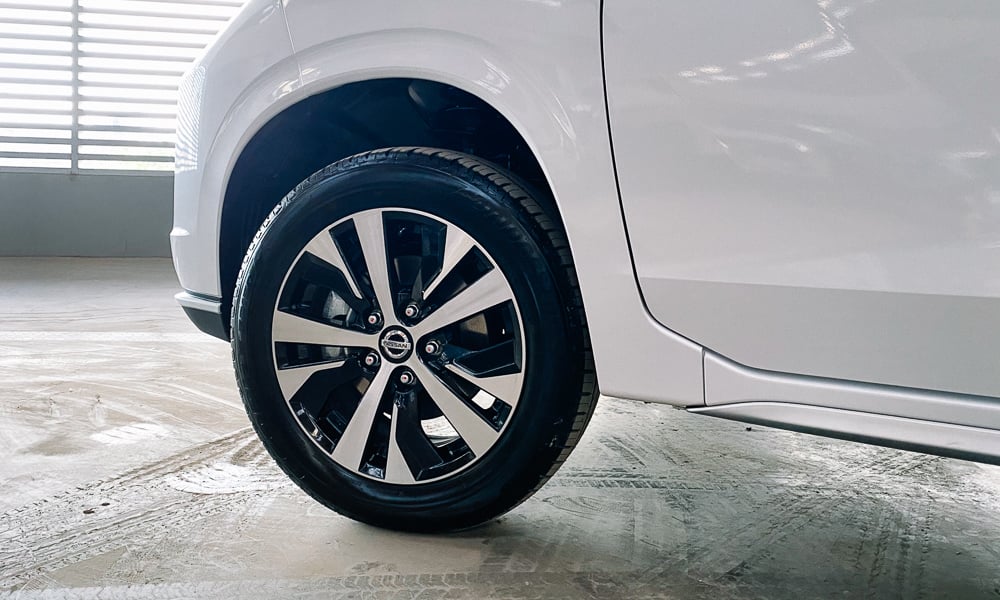
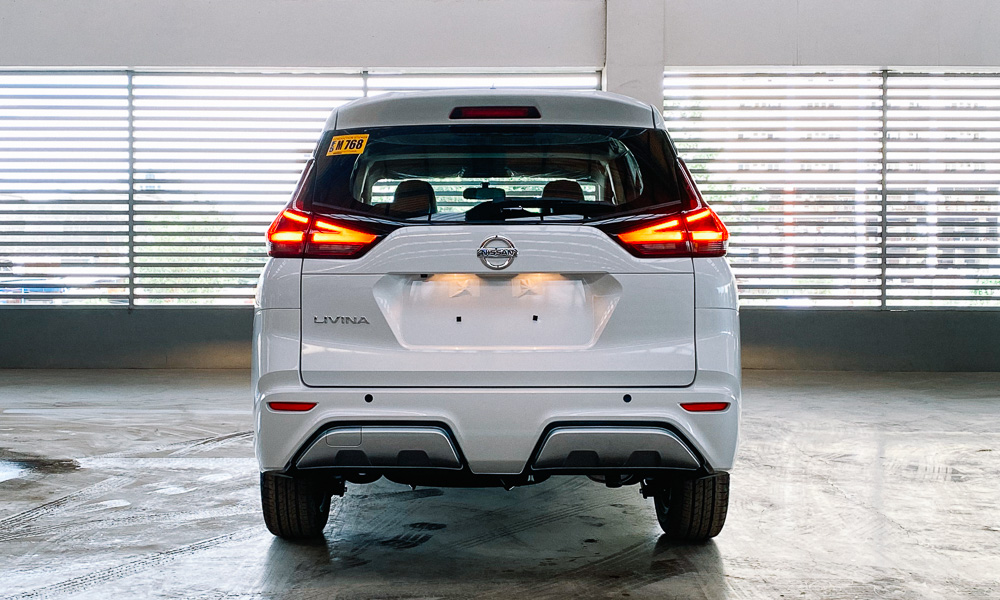
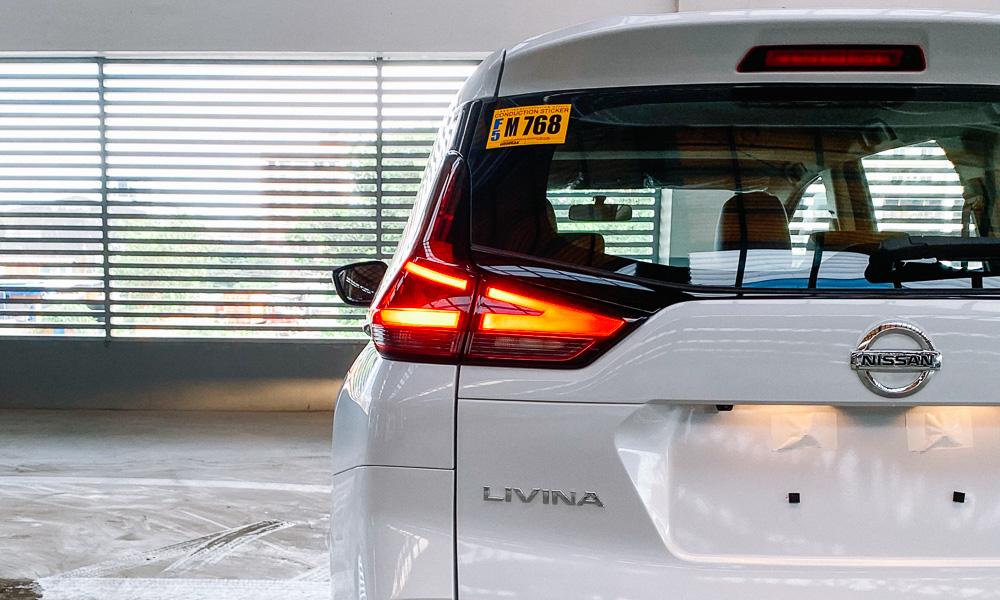
For the rear differences, the Xpander’s taillights illuminate in a horizontal “T” while the Livina’s are more of a horizontal “V”. The Livina’s sideways diffuser design at the bottom of the bumper also distinguishes both models: a split design for the Nissan, and a single one for the Mitsubishi. Another difference are the reflectors: vertical for the Xpander and horizontal for the Livina. Overall, the Livina has a more conservative look, echoing the Terra.
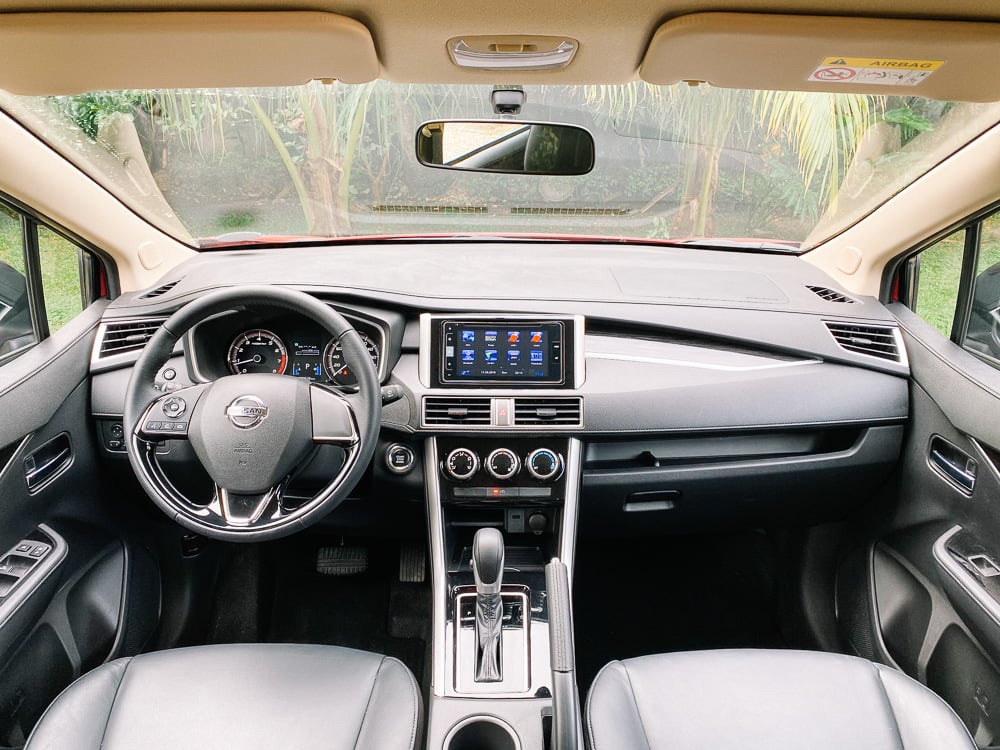
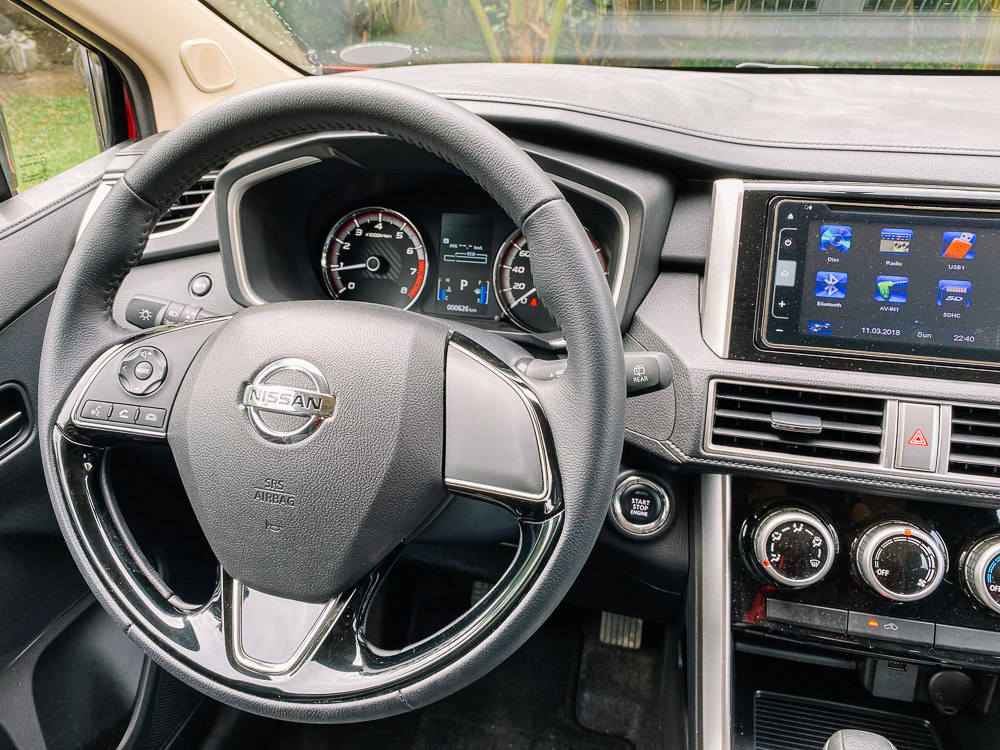
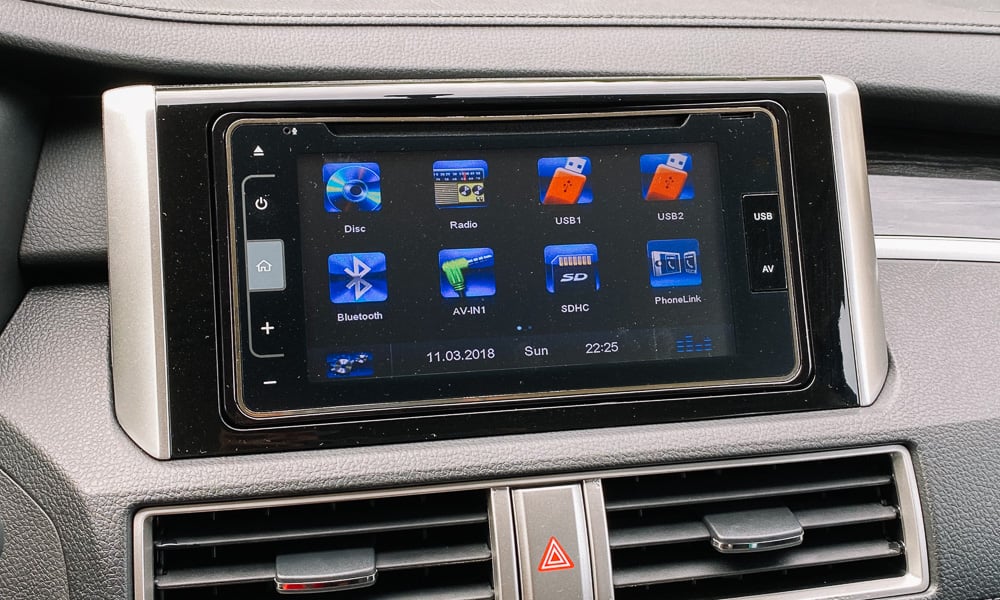
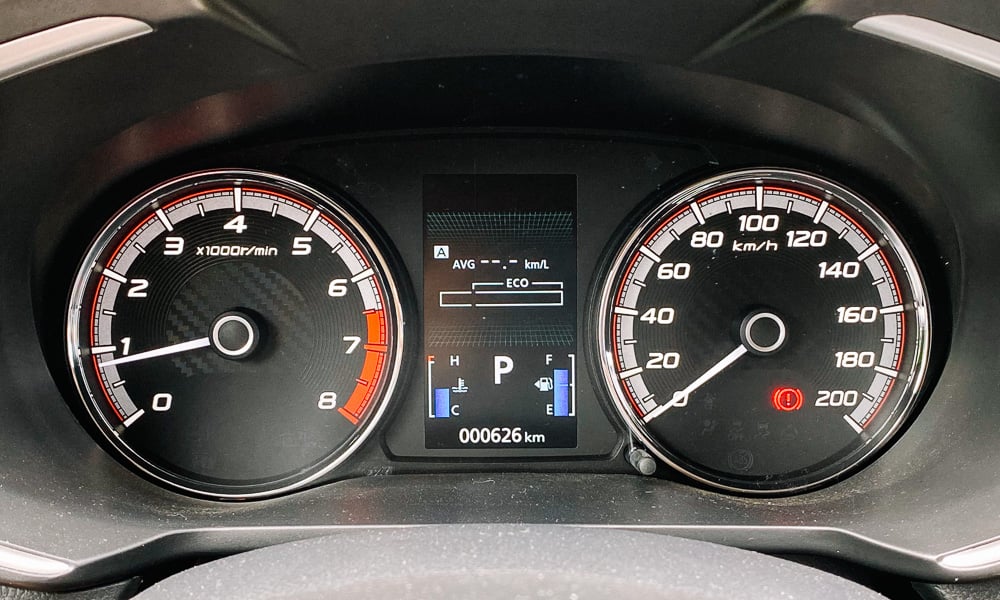
Inside, the first thing that grabbed my attention was the gauge cluster, which is clearly Mitsubishi (though that’s not a bad thing). It does make sense to make use of existing parts. The approach here is likewise subtle. The steering wheel is more typical compared to the Xpander’s sportier design with perforated leather. The leather seats on this VL variant are also understated; there’s no seat-surface pattern like in the Xpander.
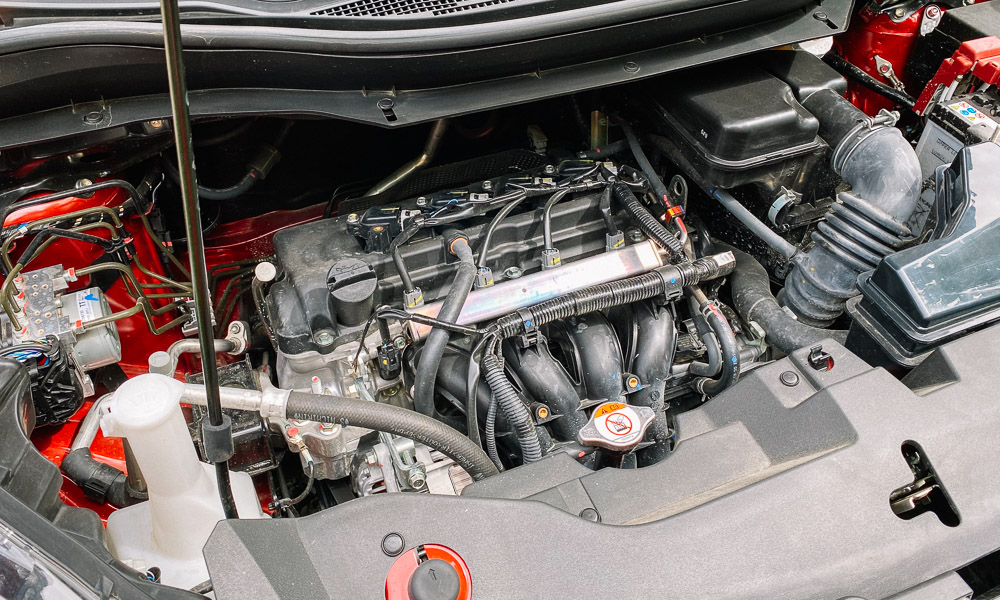
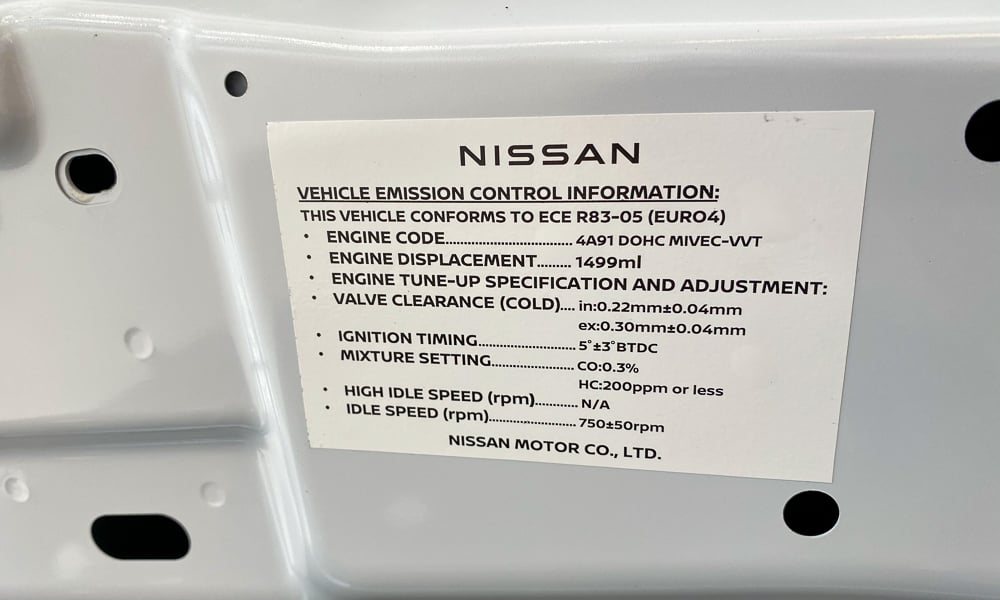
Under the hood is the proven 4A91 1.5-liter MIVEC engine, delivering 104hp and 141Nm. An interesting discussion with Japanese Mitsubishi executives when I was in Indonesia for the global launch of the Xpander in 2018 was this particular engine being the basis for other models. Of course, no direct mention of Nissan at the time. Benefiting from the developments, the Livina’s low end feels torquier. It’s coupled with the familiar four-speed automatic.
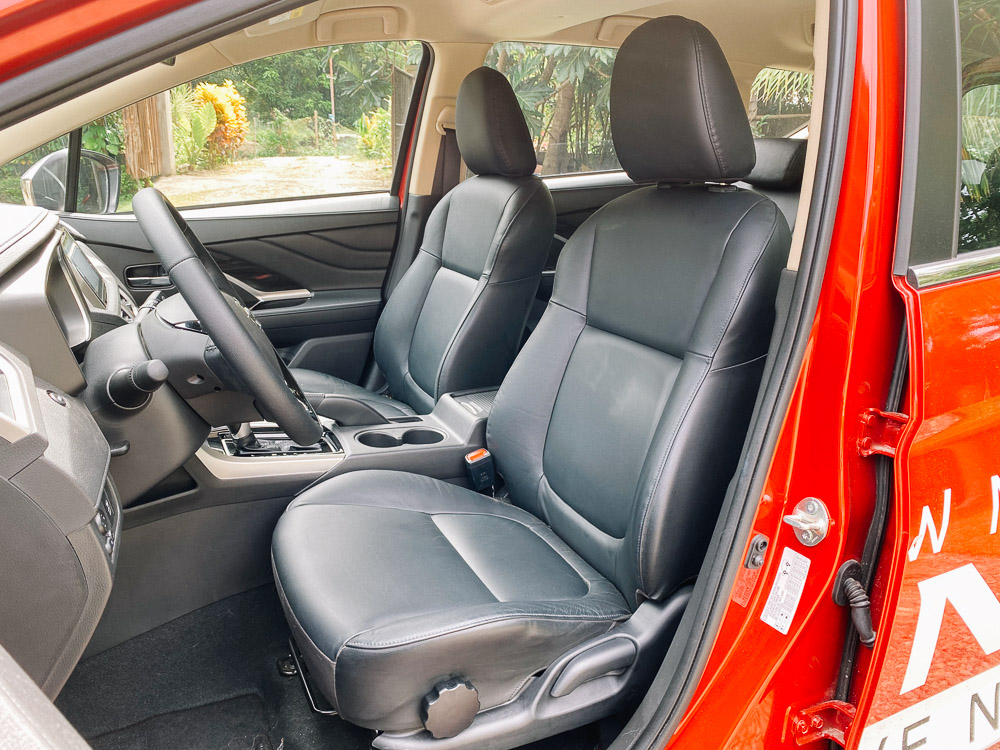
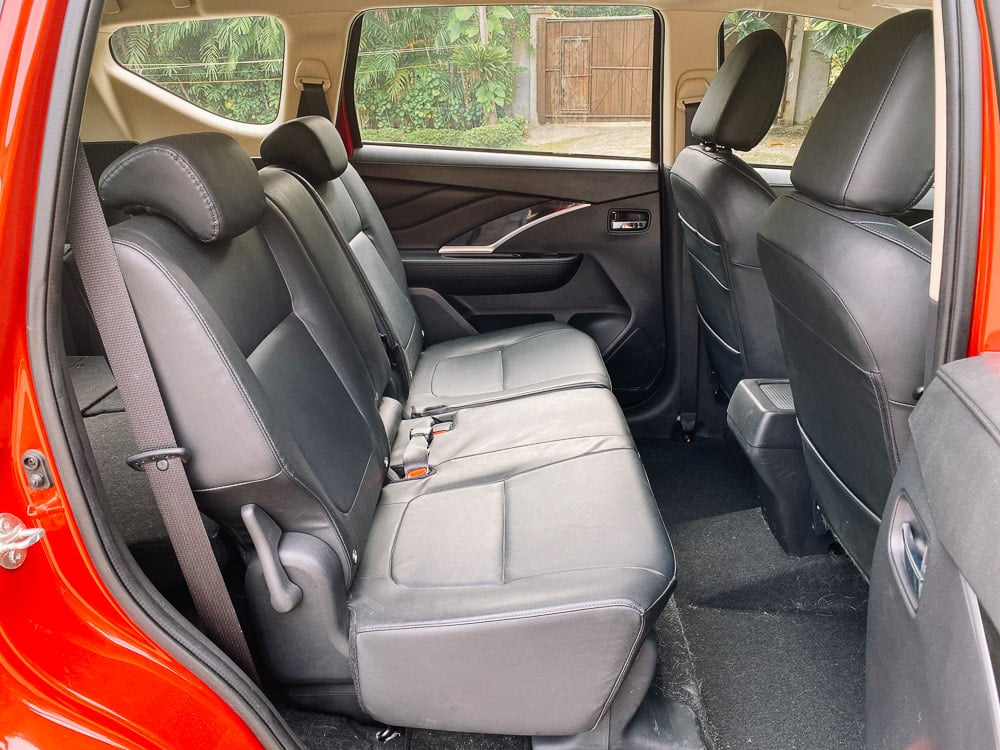
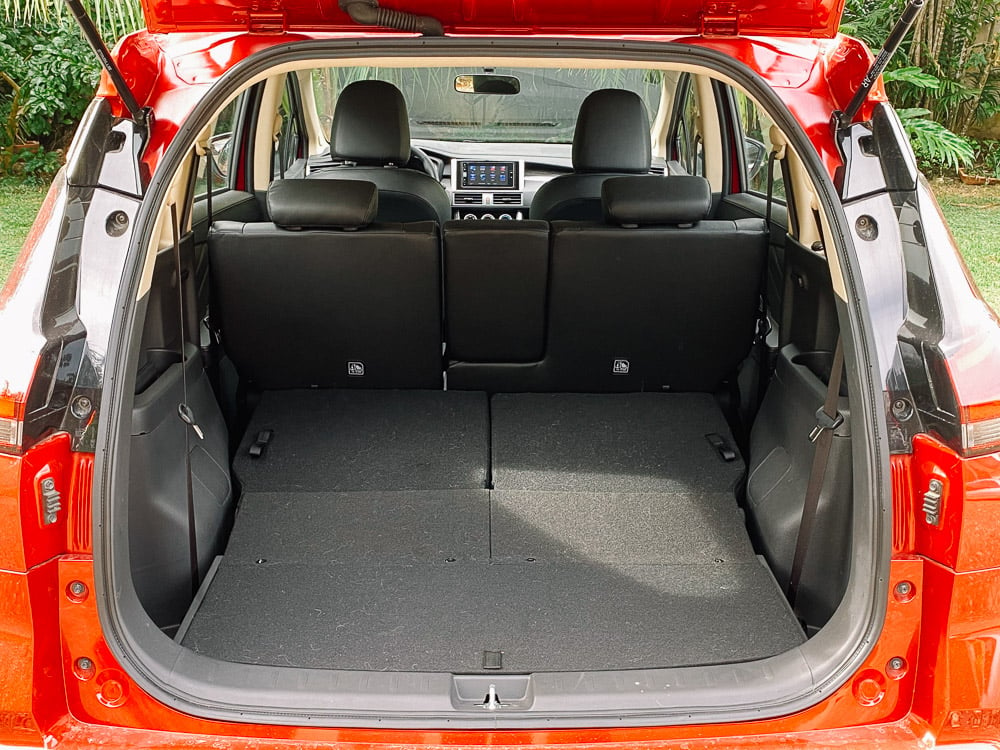
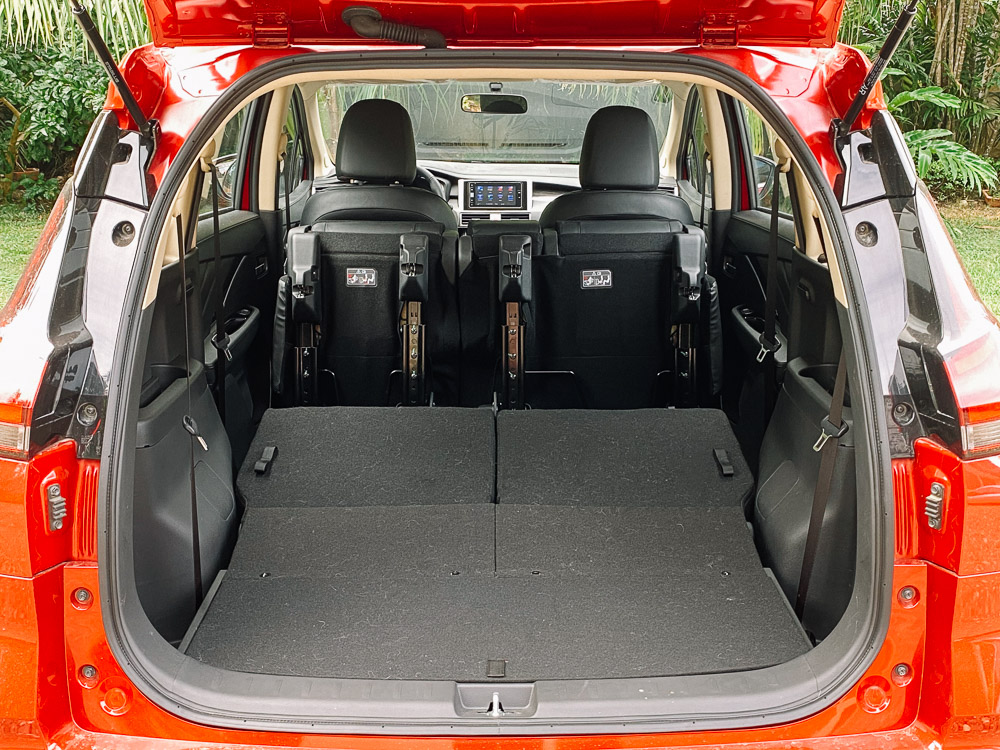
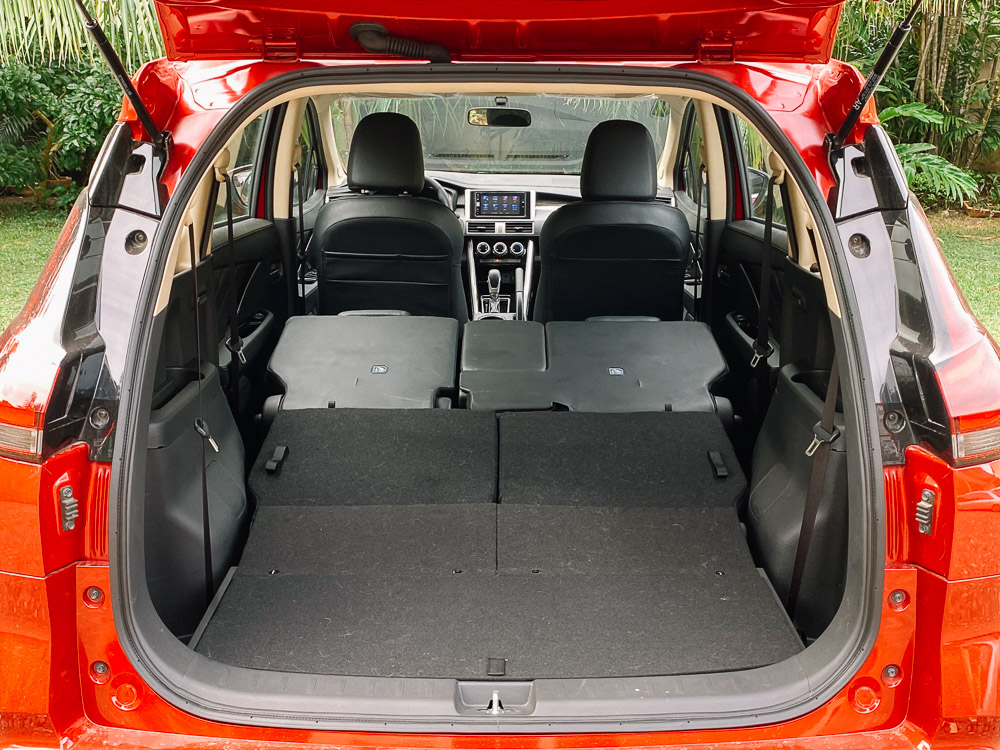
Along with the responsive low end, the steering is nice and weighty, adding a bit of fun to the drive. My wife and I went for a three-and-a-half-hour drive to San Remigio (north of Cebu) via Transcentral Highway, a mountain pass that leads to Balamban, followed by a 79km stretch via the provincial highway.
The Livina yielded 10.7km/L. On the way back, we took the more conventional route—the provincial highway throughout. Traveling around 75km/h, the Livina returned 13.7 km/L.
With contrasting design language from both brands, it has been intriguing to see the respective interpretations. I guess the next question is: Will we see Nissan’s take on the Xpander Cross?
NISSAN LIVINA VL AT
| Engine | 1.5-liter in-line-four gasoline |
| Transmission | 4-speed automatic |
| Power | 104hp @ 6,000rpm |
| Torque | 141Nm @ 4,000rpm |
| Dimensions | 4,510mm x 1,750mm x 1,700mm |
| Drive layout | FWD |
| Seating | 7 |
| Price | P1,209,000 |
| Upside | The Livina is based on the already proven Xpander. |
| Downside | With that comes the stigma of being an Xpander copy. |


0 Comments